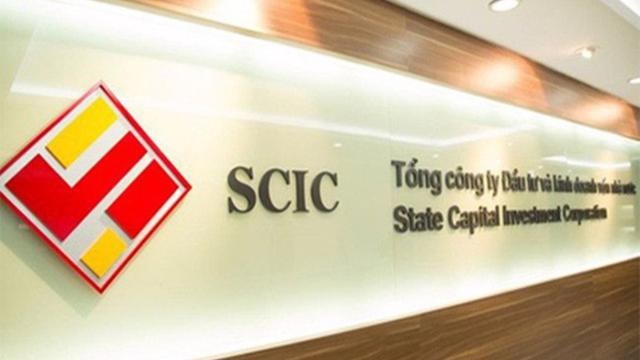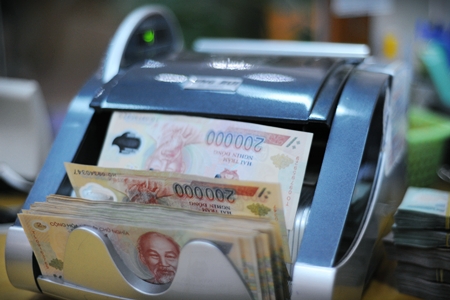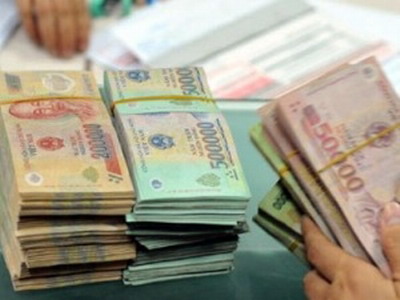Average lending rate drops to 13.9pct: Govt
Average lending rate drops to 13.9pct: Govt
The average lending rate has recently been reduced to around 13.9 percent per year after the central bank requested an all-out rate cut toward 15 percent per year for all loans in early July, said the government website.

The proportion of the total outstanding loans in dong at an interest rate of less than 15 percent per year has dropped quickly during the past month.
Specifically, the proportion of loans at the interest rate of above 15 percent per year in total loans has fallen nearly two thirds against that before July 15.
The proportion of loans interest rates between 13-15 percent per year accounted for the biggest part, while loans at an interest rate of less than 10 percent, and from 10-13 percent per year, made up a relatively small proportion.
Accordingly, the current proportion of loans at an interest rate of above 15 percent per year is now only 29.1 percent, while loans at an interest rate of 13-15 percent per year account for 49.1 percent, and the rest are loaned at an interest rate of less than 13 percent per year.
State-owned commercial banks were pioneers in reducing the lending interest rate to 15 percent per year.
The proportion of loans at an interest rate of above 15 percent per year at Vietcombank, BIDV and Vietinbank was at a very low level, at 2.2 percent, 4.8 percent and 5.7 percent respectively.
Meanwhile, at Agribank, 50 percent of loans remain at an interest rate of above 15 percent per year, mainly in individual consumer loans.
Accordingly, the expectation set out is that the proportion of loans at an interest rate of above 15 percent per year will drop strongly, loans at interest rates of 13 percent per year and less will make up the biggest proportion.
The average level will then be only 10 percent per year, as in 2009.
The relatively prolonged negative credit growth rate and abnormally low credit growth in the first seven months of this year are major bottlenecks to economic growth, said the Government Office.
This has contributed to the increase of bad debts, which resulted from the fact that many companies have to narrow production and business, or even face shutdown and bankruptcy.
One of the main causes of the aforementioned situation is high lending interest rates, which previously ranged from 17-20 percent per year and even higher.
As a result, following the government resolution on tackling the situation, the State Bank of Vietnam (SBV) on July 7 directed commercial banks to quickly lower the deposit and lending interest rates.
SBV’s governor, Nguyen Van Binh, requested that the banking system adjust the lending interest rate for old loans down to less than 15 percent per year from July 15.
Following the request, local commercial banks immediately guided their branches throughout their networks to cut the lending interest rate for old credit contracts.
More banks join SBV call
Many banks have reduced the lending interest rate for old loans to 15 percent per year. At the same time, the lending interest rate for new loans is now commonly hovering between 13 percent per year and 15 percent per year.
Nguyen Hoang Minh, deputy director of the SBV’s HCMC branch, said that the lending interest rates of HCMC-based banks are, for the most part, from 10.5-15 percent per year, depending on business ranking and prioritized sectors.
According to the report of the SBV branch, only about 4-5 banks in the city have not reduced the lending interest rate to below 15 percent per year for old loans yet, mainly small banks, and some long term loans have not been adjusted down as banks have not balanced capital sources.
As of July 27, as many as 28 commercial banks had reduced the lending interest rate to less than 15 percent per year for old loans, Tien Phong newspaper reported, citing the SBV.
Several branches of foreign banks did not have loans at the interest rate of above 15 percent per year, such as ICBC, JP Morgan Chase, OCBC, Nataxis, and Cathay Unites Bank while two finance companies, Prudential and PPF, had 100 percent of their loans at interest rates of above 15 percent per year, said Tien Phong.
tuoitrenews
























